Process Post #8
This week, I had an exciting experience in my class as we covered two weeks’ worth of material due to the cancellation of last week’s lecture. We discussed digital literacy, critical thinking, and copyright, which I found particularly fascinating. In this process post, I want to focus on the topic of copyright and share my thoughts and experiences with it.
This week, we learned about fair use and fair dealing in social media, where as discussed by Member in Fair Use and Fair Dealing in Social Media, copyrighted material may be considered acceptable use or fair dealing if specific criteria are met. Sember also argues that these criteria include the purpose and character of the use, the nature of the copyrighted work, the amount and substantiality of the portion used, and the effect of the service on the potential market for the copyrighted work.
So I believe ass we create and share content on social media, it’s important to keep in mind that we need to respect copyright laws. That means not using any copyrighted materials in our posts without permission or payment. But don’t worry, there are some exceptions to this rule!
If we want to use someone else’s work, we can use the concept of fair use or fair dealing. This means that we can use copyrighted material for purposes like criticism, commentary, news reporting, teaching, scholarship, or research, as long as we’re not using too much of it and we give credit to the original owner.
It’s important to do our research and make sure that we’re not infringing on anyone’s rights. We can also consult with a legal professional if we’re not sure. By being respectful of copyright laws, we can avoid any legal issues and make sure that we’re creating original and high-quality content for our readers.
When I was a child, Roald Dahl‘s books, especially ” The Twists-1980″ were my absolute obsession. I loved getting lost in the magical worlds, quirky characters, and imaginative plots. However, as an adult, I have mixed feelings about learning about the controversies surrounding some of his works. It’s jarring to discover that the books I adored as a child contain problematic themes that I may not have fully understood or recognized at the time. While I still cherish the joy and wonder that these books brought me, I now see the complexity and sometimes troubling elements in them. I believe it’s important to acknowledge these issues and engage in critical discussions about literature and society.
I also read an article on why Gen Z’s slang is necessary for our survival, which discussed the importance and significance of slang words used by Gen Z on TikTok. The article explains that the slang terms used by Gen Z, particularly on platforms like TikTok, often have complex and nuanced meanings that can be difficult for older generations to understand. However, for young people, these words are an essential part of their language and culture. They allow them to express themselves in ways that traditional language may not be able to capture, and to communicate effectively with their peers in a rapidly evolving world.
As a personal blogger, I’ve found that striking a balance between using appropriate language for my audience and maintaining my own unique style and perspective is crucial. While my target audience generally falls within the 20 to 40 age range, I also want to make sure that my content is accessible to people outside of this demographic. Using overly formal language can alienate younger readers, while excessive slang and TikTok language may turn off older readers. By finding that sweet spot where my language is both relatable and accessible, I can create content that resonates with my audience and helps me build a loyal readership.
I also believe while the slang terms used by Gen Z may seem confusing or even unnecessary to older generations, they are actually a crucial part of young people’s language and culture. As language continues to evolve and change, it’s important to find ways to communicate effectively and authentically with our audiences – whether that means embracing new slang terms or finding a balance between tradition and innovation.
Finally, this week I was intrigued by the article “DALL·E: Creating images from the text,” which discussed DALL-E Mini, a smaller version of the DALL-E AI model developed by OpenAI that can generate images from text descriptions. I attempted to generate my DALL-E images based on my prompts but failed miserably. Perhaps I and DALL-E need to spend more time getting to know each other better! Overall, this week’s discussions gave me valuable insights and perspectives on digital literacy, critical thinking, and copyright. I look forward to continuing to explore these topics further!



Bibliography:
In The Know. (2021, January 13). Here are 7 slang words you’ll hear non-stop on TikTok, according to a Gen Z linguist. In The Know. https://www.intheknow.com/post/slang-words-tiktok-gen-z-linguist/?guccounter=1
LegalZoom. (n.d.). Fair use and fair dealing in social media. LegalZoom. Retrieved March 24, 2023, from https://www.legalzoom.com/articles/fair-use-and-fair-dealing-in-social-media
OpenAI. (2021, January 5). DALL·E: Creating Images from Text. OpenAI. Retrieved March 24, 2023, from https://openai.com/research/dall-e
